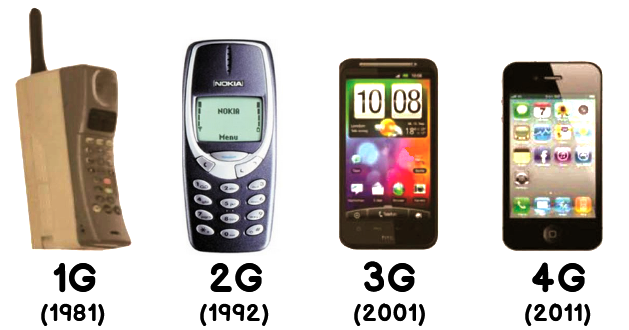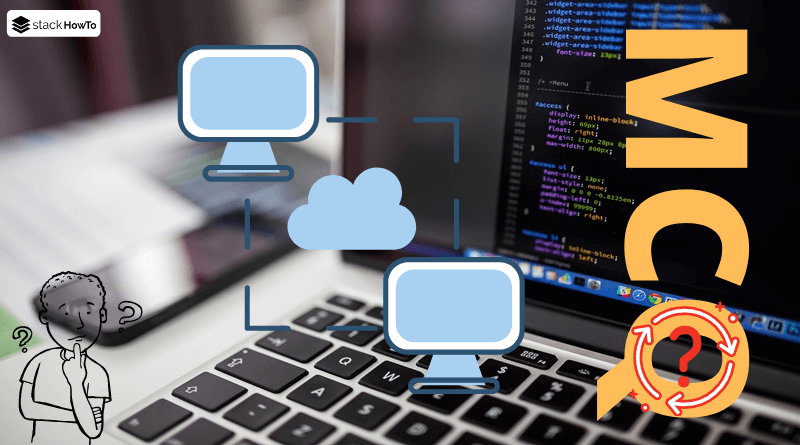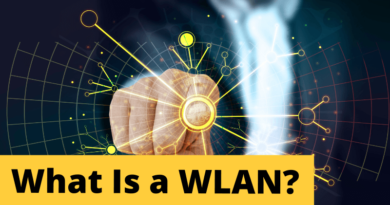2G Network
In this tutorial, we are going to see What is the 2G (Second Generation) Mobile Network?
The second generation of mobile networks (known as 2G) represents a significant change from the first generation of cellular phones, thanks to the transition from analog to digital.
The main 2G cell phone standards are the following:
- GSM (Global System for Mobile communications), the most widely used standard in Europe at the end of the 20th century, supported in the United States. This standard uses the frequency bands 900 MHz and 1800 MHz in Europe. In the United States, however, the frequency band used is 1900 MHz. Thus, we call tri-band, cell phones that can operate in Europe and the United States.
- CDMA (Code Division Multiple Access), using a spread spectrum technique that allows a radio signal to be broadcast over a wide range of frequencies.
- TDMA (Time Division Multiple Access), using a technique of time division of communication channels, to increase the volume of data transmitted simultaneously. TDMA technology is mainly used in the Americas, New Zealand, and Asia Pacific.
Thanks to 2G networks, it is possible to transmit voice as well as low volume digital data, for example, text messages (SMS, for Short Message Service) or multimedia messages (MMS, for Multimedia Message Service). The GSM standard allows a maximum rate of 9.6 kbps.
Extensions to the GSM standard have been developed to improve the speed. This is the case of the GPRS (General Packet Radio System) standard, which allows theoretical speeds of around 114 kbit/s, closer to 40 kbit/s in reality. This technology does not fall under the name “3G” and is called 2.5G.
The EDGE standard (Enhanced Data Rates for Global Evolution), presented as 2.75G, quadruples the improvements of the GPRS standard by announcing a theoretical speed of 384 Kbps, thus opening the door to multimedia applications. In reality, the EDGE standard allows to reach theoretical maximum speeds of 473 kbit/s, but it has been limited in order to comply with the IMT-2000 specifications (International Mobile Telecommunications-2000) of the ITU (International Telecommunications Union).






